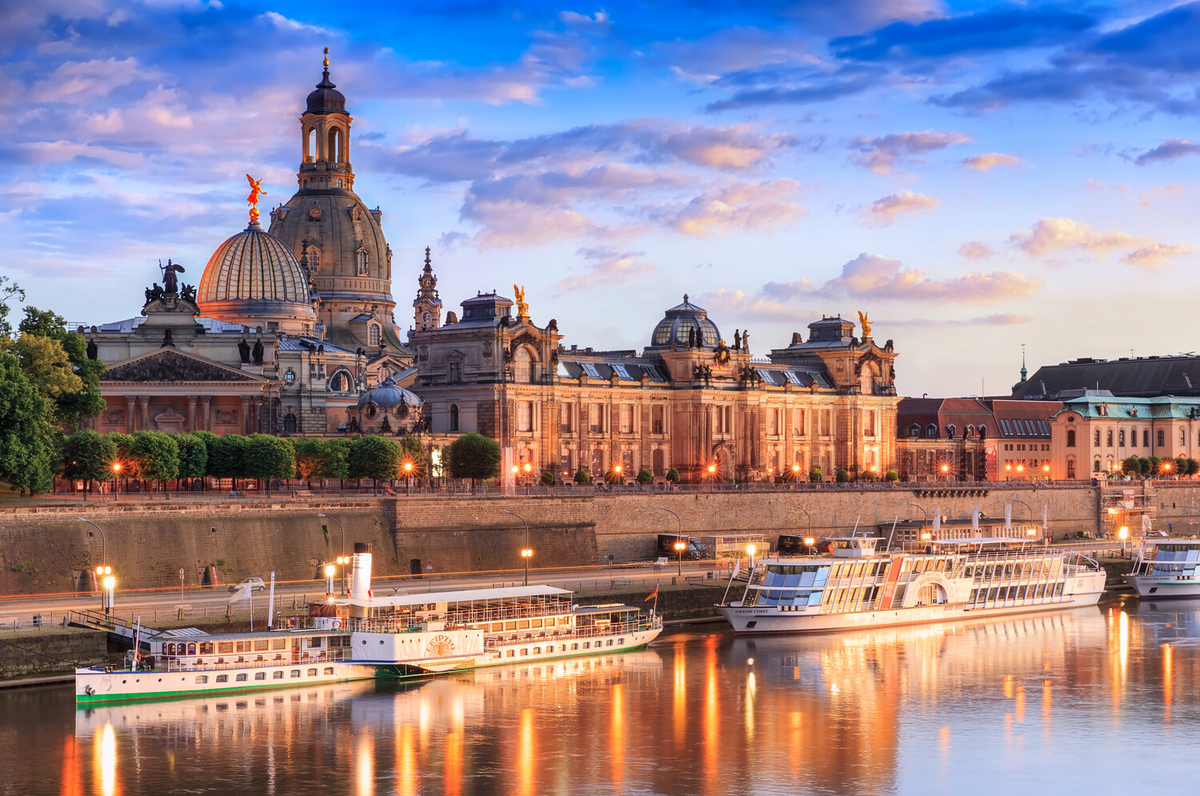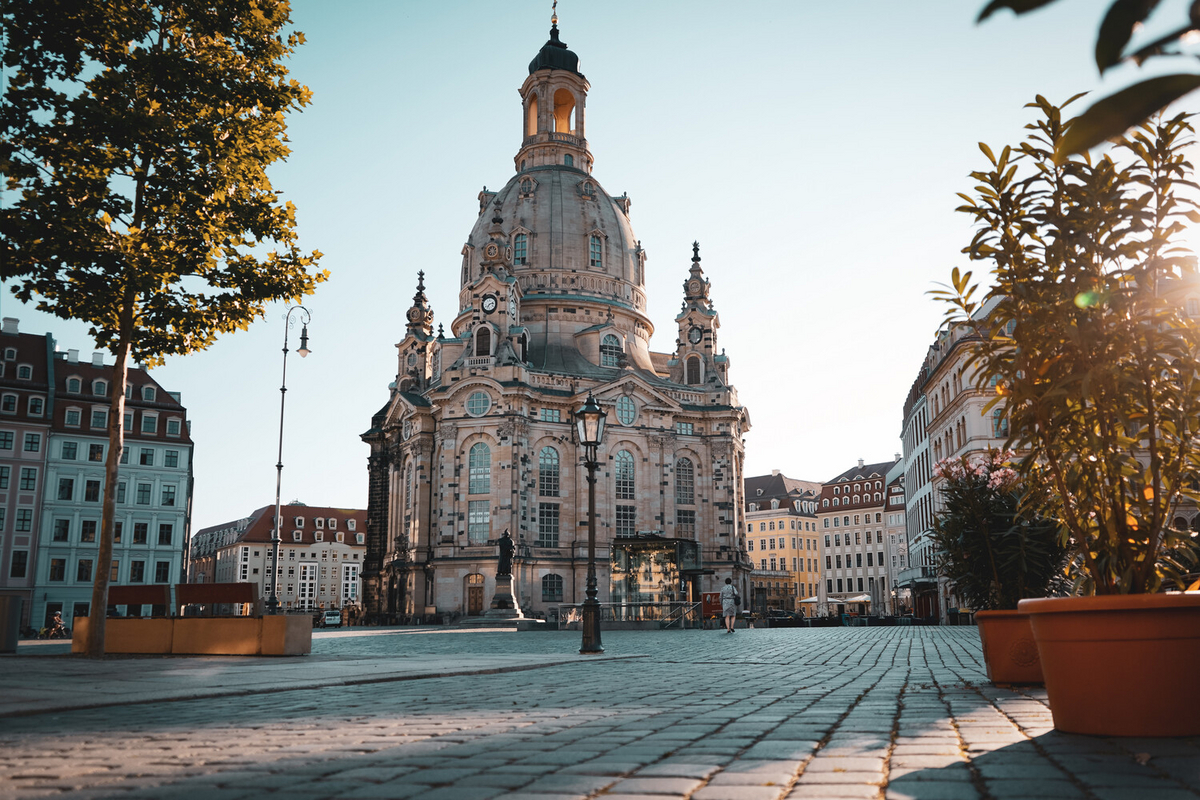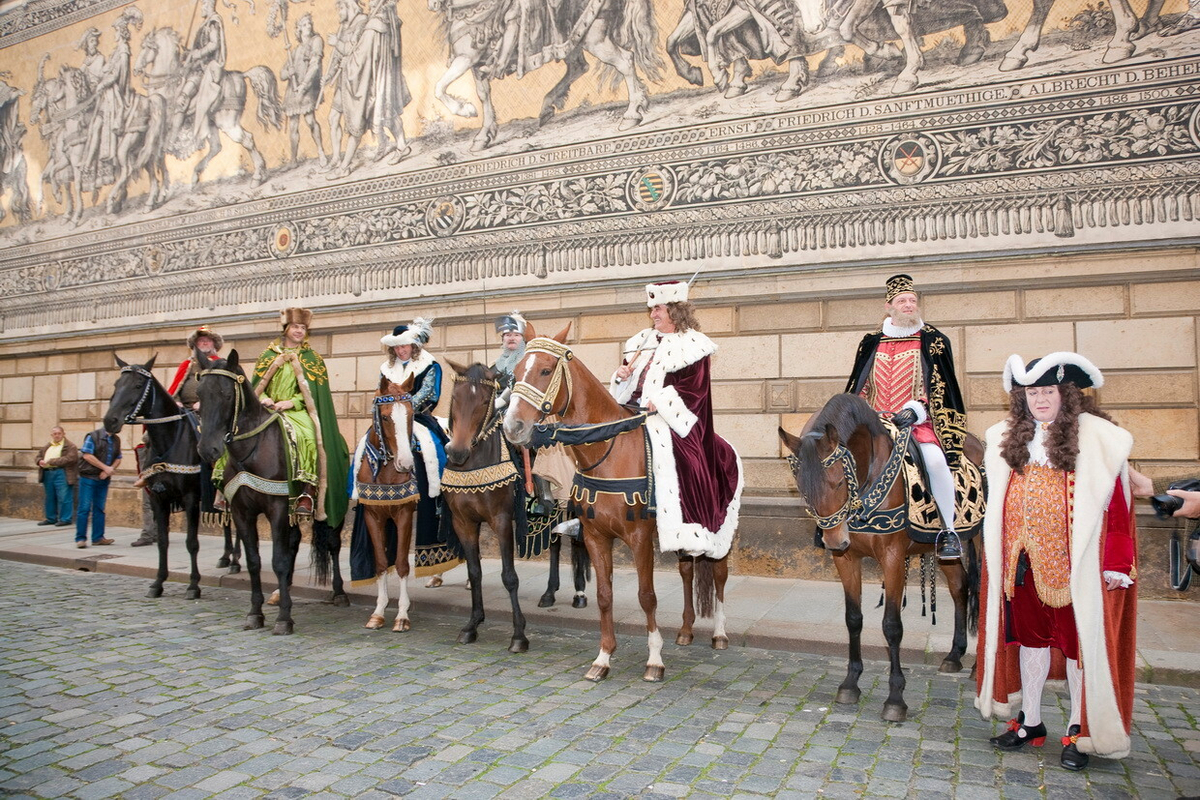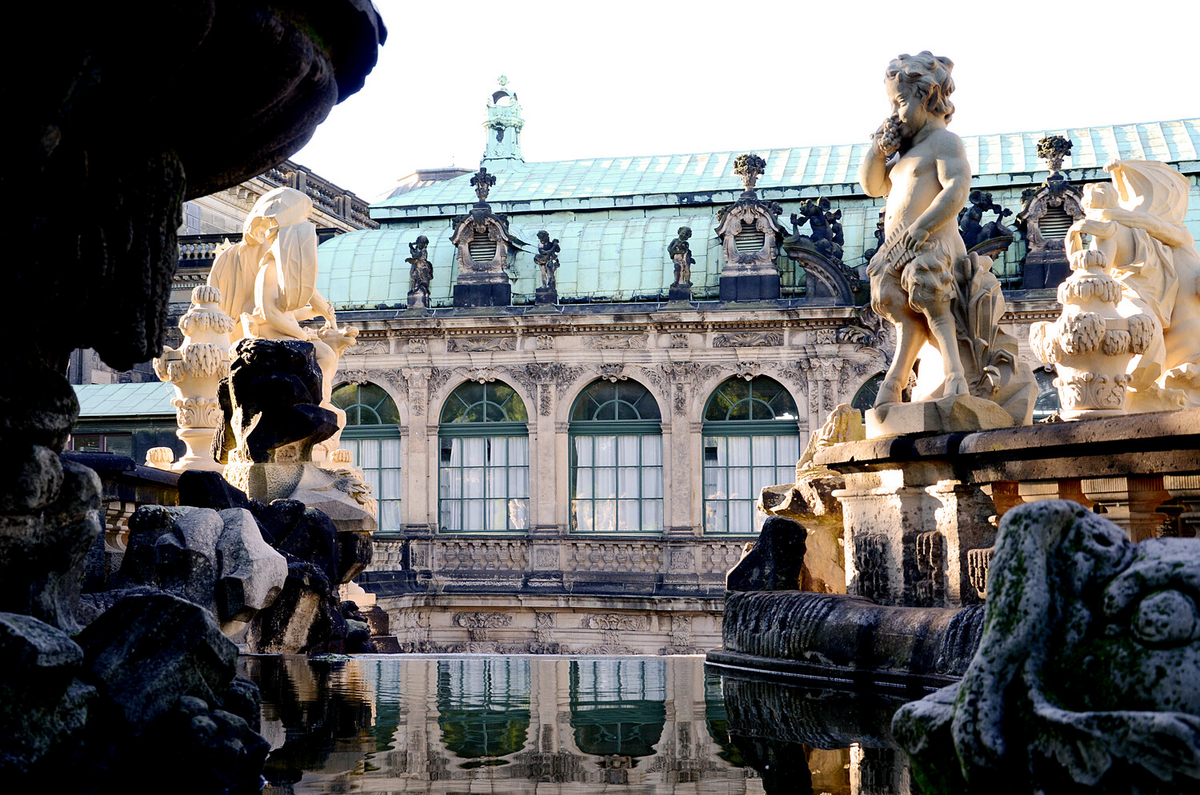
Initially a trading post and the seat of a margraviate, then an electoral and a royal residence, and later the state capital of Saxony – the city of Dresden looks back on more than 800 years of history. First mentioned in 1206 and founded on the site of a Slavonic fishing village as a merchants' settlement and the seat of the local rulers, Dresden was from the 15th century onwards the residence of the Saxon dukes, electoral princes and later kings.
The city has experienced both splendid eras and times of tragedy. It was above all during the 18th century a magnificent centre of European politics, culture and economic development, only to become a synonym for apocalyptic destruction just two centuries later. It has always been a unique city, with a fascination which has evolved throughout a turbulent history.


Dresden's historical centre features buildings from the Renaissance, the Baroque and the 19th century. Despite being devastated in the Second World War, the Altstadt (Old Town) has kept or regained its attractive buildings. The most well-known symbol of the rebuilding of the city centre is Dresden Frauenkirche (Church of Our Lady), the magnificent domed Baroque church which dominates the Dresden skyline. After the Second World War, the Neumarkt square and the symbolic ruins of the Frauenkirche remained almost untouched for half a century before also coming up for construction.
The royal buildings are among the most impressive buildings in Dresden. The Dresden Castle was once the home of the royal household. The Zwinger Palace is just across the road from the castle. It was built on the old stronghold of the city and was converted to a centre for the royal art collections and a place to hold festivals. Another notable historic site is on the former city wall: Brühl's Terrace was a gift to Heinrich von Brühl and became an ensemble of buildings.
